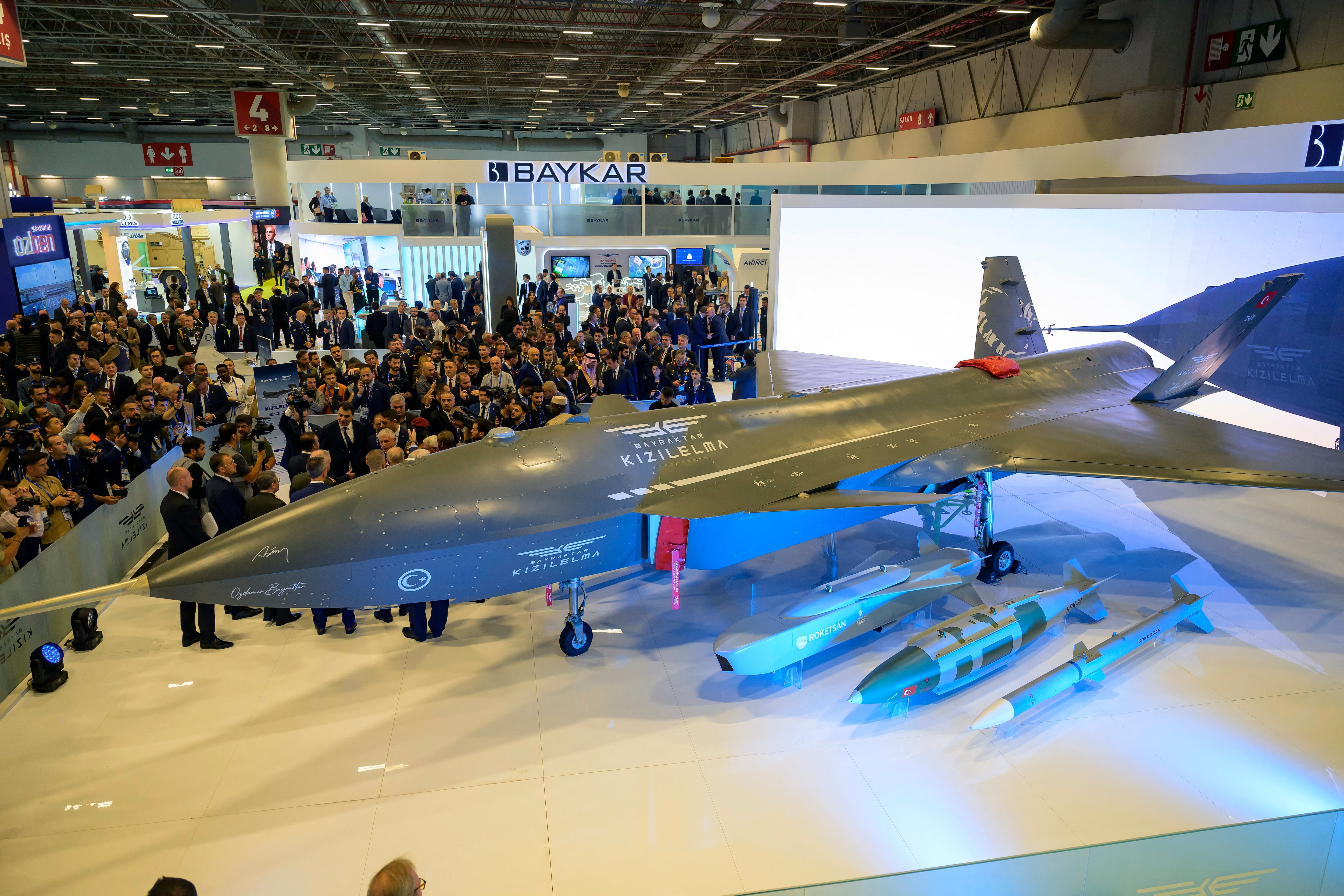Prior to the release of the fiscal 2017 budget, Defense Secretary Ash Carter announced in front of a group of sailors aboard the USS Princeton aircraft carrier in San Diego in February that the Defense Department would be investing $600 million in undersea systems over the next half decade.
Raytheon is jumping on this bandwagon in addition to developing more scalable littoral radar systems for future platforms. With the increased concern emanating predominantly out of Russia and China, threatening the U.S. ability to maintain undersea dominance, the company is investing heavily in this area to bring new capabilities to bear, said Paul Ferraro, vice president of Seapower Capability Systems at Raytheon, .
Ferraro and other officials provided details on new technologies and initiatives Raytheon is pursing in a briefing to C4ISRNET at their Andover, Massachusetts, facility, home to their Integrated Defense Systems, or IDS.
In the undersea realm, U.S. officials have been worried about the capabilities of Russia, which has been too close for comfort around integral cables beneath the ocean's surface that carry the bulk of global Internet traffic. According to the New York Times these cables carry business worth over $10 trillion per day. The Russians, the Times asserted, could be looking to exploit vulnerabilities among cables that are more secret – for military operations and thus not easily discoverable on common maps – and in more deeper, remote regions of the ocean that could be harder to repair if damaged.
Ferraro said one of the programs Raytheon is excited about in this space is the Littoral Combat Ship-Variable Depth Sonar (LCS-VDS), for which they were recently awarded a contract and will involve a capability for an acoustic mine hunter and submarine hunting system.
Additionally, he noted the company is positioning itself for an upcoming competition for a fixed acoustic array system involving a series of sensitive hydrophones and very long baseline arrays for submarine location detection, in particular.
The AQS-20 mine-hunting sonar, which is more for detection and location of mines and mine-like devices, will be integrated with a mutualization system that can go in and clear channels for carrier battle groups moving through contested waters, Ferraro said. This system will also play a role in mapping the undersea domain, he added.
Outgoing Chief of Naval Research Adm. Mat Winter has on several occasions expressed the desire for developing an equivalent of the Eisenhower Interstate System under the ocean's surface. "One of our projects is to build the Eisenhower highway network on the sea beds in the seven oceans, because once you start that large scale deployments of UUVs, we want them to go out for decades at a time and have man on the loop, but out there doing their own thing," he said last summer. "So why can't they come in and gas up or charge up, communicate, hang out for maybe a year or so and then come back?"
"[R]ather than thinking of an interstate highway system, think of the system of gas stations, restaurants, and telephones that grew alongside the highway to support traffic," a Navy spokesperson said, elaborating on details of Winter’s vision.
Ferraro said Raython’s systems, such as the AQS-20, will contribute to this effort given that once a high-resolution map of a particular piece of the ocean floor is created, it’s relatively straightforward to go and re-map the changed detection. If anything was placed since the last time an extensive survey was conducted, it would show up.
Another thing Raytheon is considering regarding undersea infrastructure as part of its core architecture, Ferraro added, involves DARPA's
Cross Domain Maritime Surveillance and Targeting
and other programs that intergate position, navigation and timing and communication capabilities to support long sustainment of undersea vehicles. That sustainment would include refueling, retasking and location services that would support undersea missions -- all at a lower cost with undersea vehicles as opposed to submarines.
Ferraro also provided a brief on new radars being developed for Arleigh Burke-class destroyers under a contract awarded through the Enterprise Air Surveillance Radar (EASR). Ferraro said under the production of this program is the first program of record in the U.S. in which Raytheon in incorporating its Gallium Nitride (GaN) semiconductors, which C4ISRNET was able to view at their facility.
The new radars, SPY-6/Air and Missile Defense Radar (AMDR), are extremely scalable compared to legacy systems. It’s made up of a radar modular assembly of 2'x2'x2' cubes -- instead of taking a large radar and scaling it down, Raytheon has built these smaller building-block radars to be scaled up depending upon the requirement. This makes it more flexible in terms of size, weight and power and in commonality across various platforms, whether that's land, sea, air or other domain, Ferraro said. The SPY-6 array is made of 37 of these cube systems per face.
Mark Pomerleau is a reporter for C4ISRNET, covering information warfare and cyberspace.








